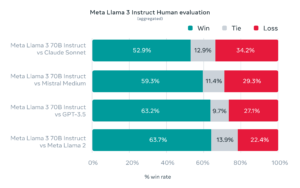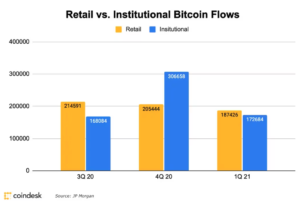Central banks worldwide are exploring the possibility of issuing their own digital currencies (CBDCs). These digital versions of traditional fiat currencies would be legal tender, offering potential benefits in terms of:
- Efficiency: CBDCs could streamline cross-border transactions, potentially reducing processing times and fees associated with international payments. Imagine sending money instantly to someone overseas without hefty bank charges. This could significantly benefit individuals and businesses alike.
- Financial Inclusion: CBDCs could provide access to secure and reliable digital payments for those currently unbanked or underbanked. This is particularly relevant in developing economies where access to traditional banking services might be limited. By offering a government-backed digital currency, CBDCs could promote financial inclusion and empower individuals to participate more actively in the financial system.
- Monetary Policy: Central banks could have greater control over the money supply and potentially implement new monetary policy tools through CBDCs. For example, central banks could program CBDCs to expire after a certain period, encouraging circulation and spending within the economy. This could potentially provide central banks with more flexibility in managing inflation and economic growth.
However, CBDCs also raise concerns:
- Privacy: The potential for central banks to track all CBDC transactions raises concerns about user privacy and potential government surveillance. This is a major point of contention, as some users may value anonymity in their financial transactions. Finding a balance between user privacy and the need to prevent money laundering and other illicit activities will be crucial.
- Financial Stability: The impact of CBDCs on existing financial systems and the potential disruption to commercial banks requires careful assessment. How will CBDCs affect the role of commercial banks in the financial system? Will they disintermediate traditional banks, or can they coexist and complement each other? These questions need to be addressed to ensure a smooth transition to a potential CBDC-based financial system.
The development of CBDCs is still in its early stages, and various models are being explored. Some central banks, like China, are already piloting CBDC programs. The future impact of CBDCs on the global financial system will depend on the specific design and implementation choices of individual central banks.










